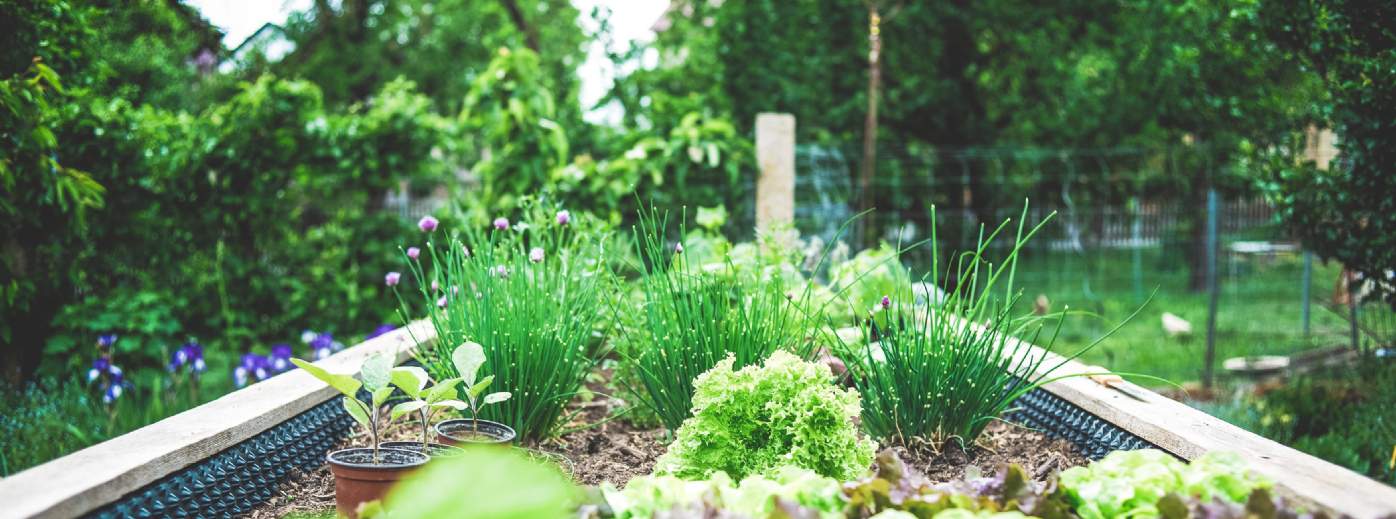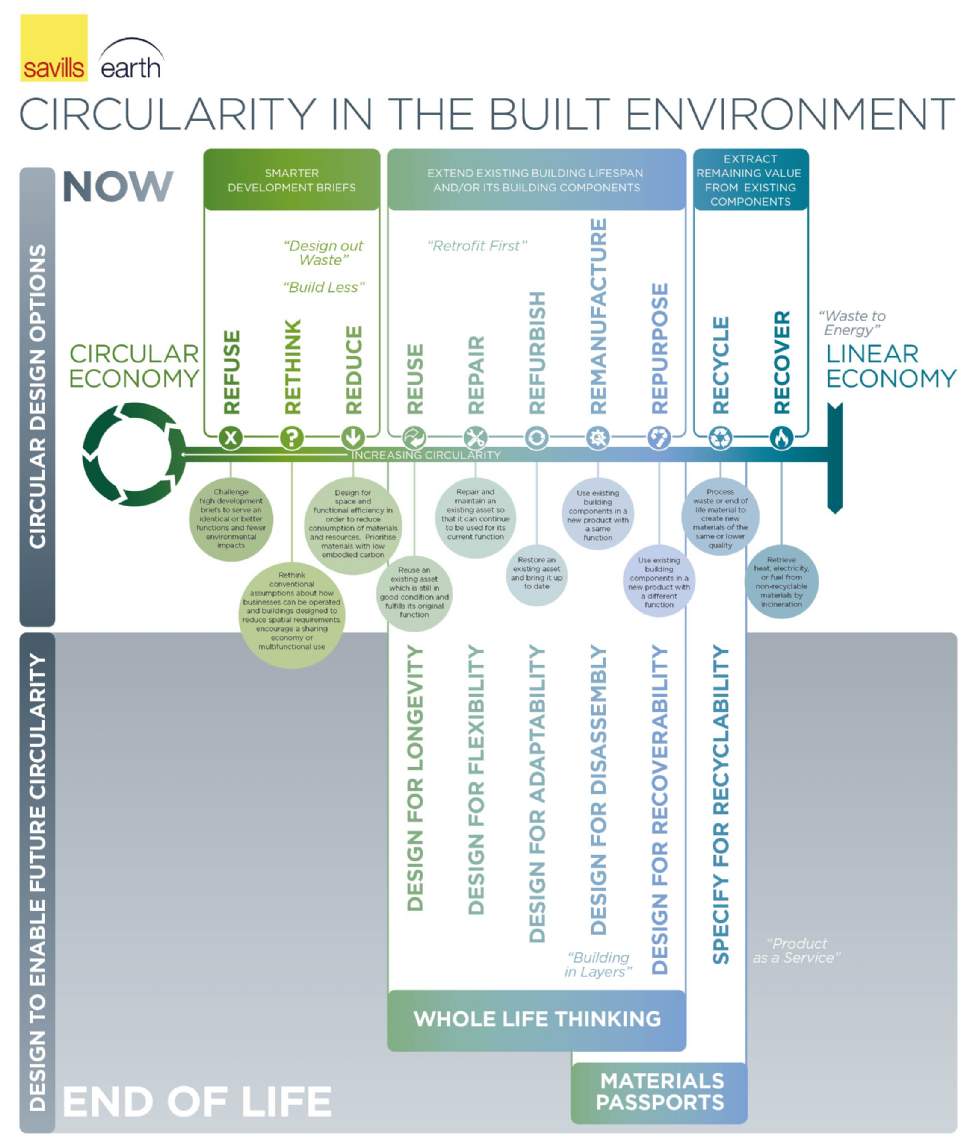In nature, nothing is wasted, everything is reused and recycled. The concept of “waste” is in reality, just a human construct. As we celebrate the beauty of nature at this year’s Chelsea Flower Show, we should also think about the balance that exists in nature and all of these remarkable processes that embody what we’re trying to achieve as an industry. This includes working towards a more circular way of thinking, or designing out waste and respecting the energy and resource that has gone into the materials that we use in our built environment.
A circular approach to the built environment works on the idea that building materials are things that are borrowed and that need to be returned to our urban ‘ecosystem’ for reuse. The most zero carbon building is one that isn’t built in the first place – so the process starts with really looking at building only what is needed while allowing enough flexibility for future expansion. For the materials that are actually being used a hierarchy of retain, refit, retrofit, reuse and remanufacture needs to be followed, before even considering recycling and disposal. This should be something that we all think about as we begin working on any new project.
Regenerative design is another theme that resonates well with nature-based thinking. We should be accelerating our efforts to create sustainable places and net-zero buildings that work in harmony with nature. This starts with places that celebrate nature and promote a positive relationship between humans and nature through connecting users with biophilic features, views out, daylight and sunlight, and blue and green infrastructure. Biodiversity enhancement through the creation of wildlife corridors and the restoration of ecological systems and wildlife habitats is something that is coming to the forefront as well. There’s been an intense focus on carbon to date, but there is also a growing recognition that we are not only facing a climate but also a biodiversity crisis, and that there are co-benefits between biodiversity conservation and carbon storage. The restoration of local ecological systems is an essential component of our journey towards net zero.
We also cannot talk about sustainable places without thinking about a human-centred approach that is at the heart of sustainable placemaking. Social value generation will involve engaging with communities as an active partner and stakeholder in the development process, in order to deliver projects that have lasting, meaningful impacts in the long-term. A human-centred approach would also consider stakeholders as an active enabler for the circular economy process – the creative, out-of-the box thinking that will be required to close up the gaps in our industry and bring people together to come up with solutions.
Now more than ever, we need a range of different disciplines working together within the real estate industry – sustainable design and engineering, social value, health and wellbeing, energy and infrastructure, economics and organisational sustainability – to create meaningful change, deliver positive tangible impacts for society and nature and face mankind’s greatest challenges.



-be-a-significant-emerging-asset-class-in-europe(1).jpg)
.jpg)
.jpg)
.jpg)




.jpg)